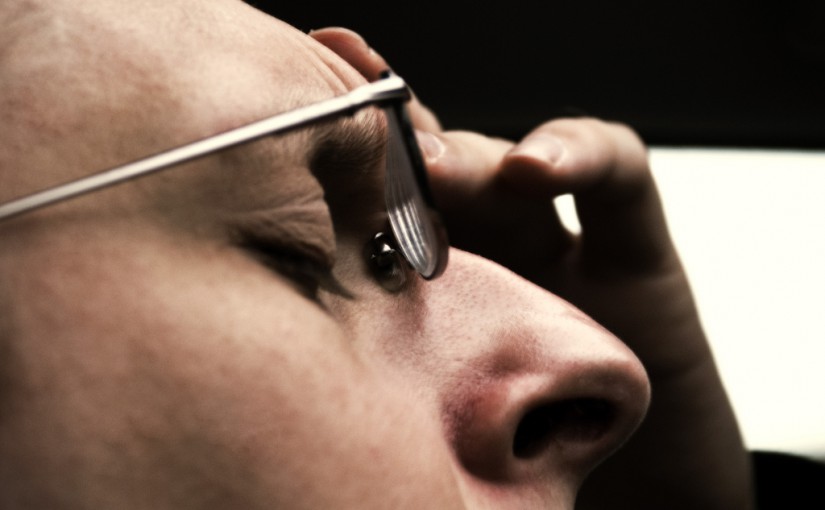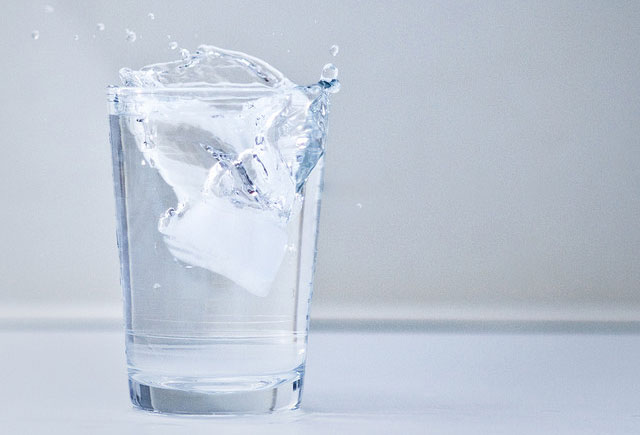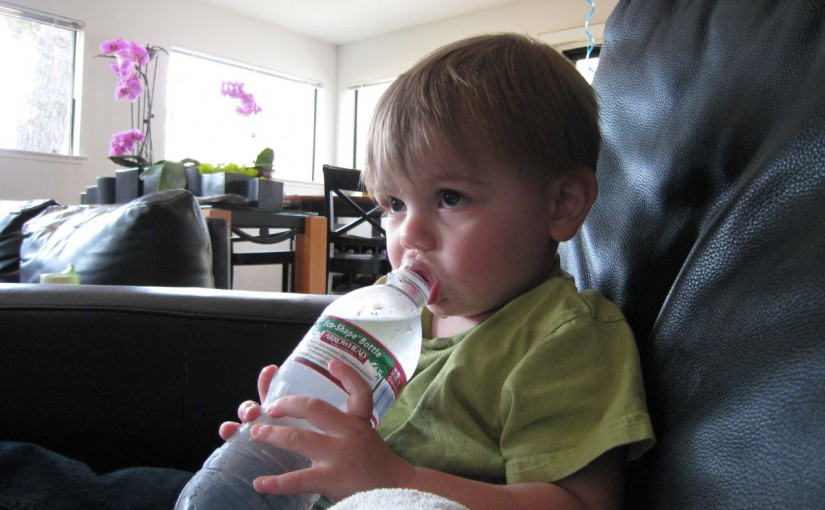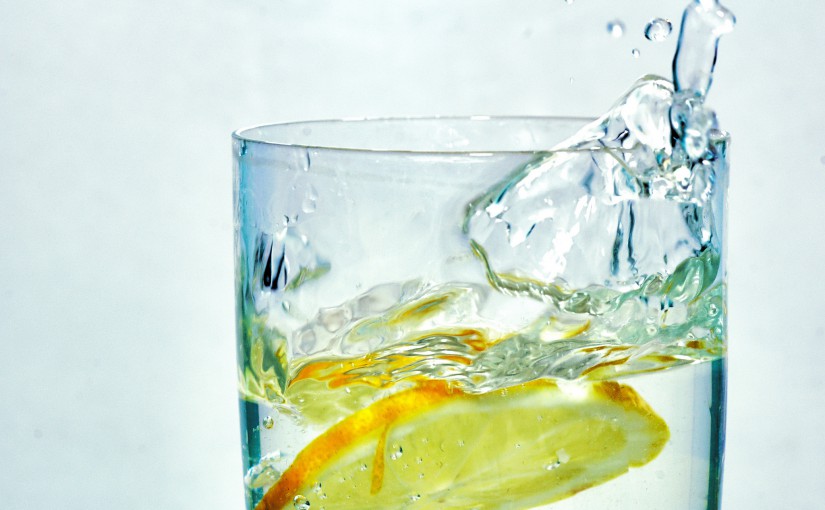(Photo credit: Lisa Brewster/Flickr)
We have all had headaches. That gnawing pressure in the temples or the pain crawling up the back of your neck.
For many of us, the first response to a headache is to reach for a bottle of pills. Acetaminophen, acetylsalicylic acid, ibuprofen, whatever your favourite brand name, they are for many of us the go-to response to a headache.
Research suggests, however, that instead of heading for the medicine cabinet, we could instead head to the kitchen. The solution to your headache may not be in pharmaceuticals, but rather, in one of nature’s most fundamental components: water.
As many of us already suspect, some headaches may be the direct result of dehydration. Researchers from the University of Maastricht, in the Netherlands, found in a 2012 study that increased water intake had a positive impact on headaches for 47 percent of the patients in their study group. The researchers argued, considering the patients positive reaction, “it seems reasonable to recommend headache patients to try this non-invasive intervention” when first experiencing a headache.
Most of the patients suffering from dehydration-related headaches found their symptoms were gone within 30 minutes to 3 hours of rehydrating.
So, if you have a headache, consider grabbing a glass or two of water to see if that helps. Even if the two aren’t related, chances are good you could use the extra hydration anyway.
[custom_blockquote style=”eg. green, yellow, purple, blue, red, black, grey”] Did you know?
Research shows that drinking water provided relief from headaches for some individuals within 30 minutes to 3 hours. [/custom_blockquote]
But what about more severe headaches? What if you suffer from that most difficult and debilitating headache: the migraine? You may be able to look to the healing power of water for migraines, as well.
Dehydration can serve as a trigger causing migraines and can act to prolong their length. Studies from the National Hospital for Neurology and Neurosurgery in London, UK, in 2004 and 2005 found that not drinking enough water may play a role in migraines.
The researchers found that a large proportion of migraine sufferers self-reported that dehydration could trigger migraines and that it could prolong an attack. Clinical studies also found that hydration levels appeared to have a direct impact on some patient’s migraines.
[custom_blockquote style=”eg. green, yellow, purple, blue, red, black, grey”] According to European Food Safety Authority (EFSA), adults need to consume at least 2.0 L/day for females and 2.5 L/day for males. [/custom_blockquote]
While the exact nature of the connection between drinking water and migraines is not known, it’s probably a safe bet to try drinking more water to stave off the attacks.
The advantage of trying out the curative effects of water is straightforward; whether it works for a headache or not, your body needs water, and lots of it!
So next time you feel a headache coming on, head to your WaterBar and grab a cool, delicious glass of water. We’re sure you won’t regret it!




